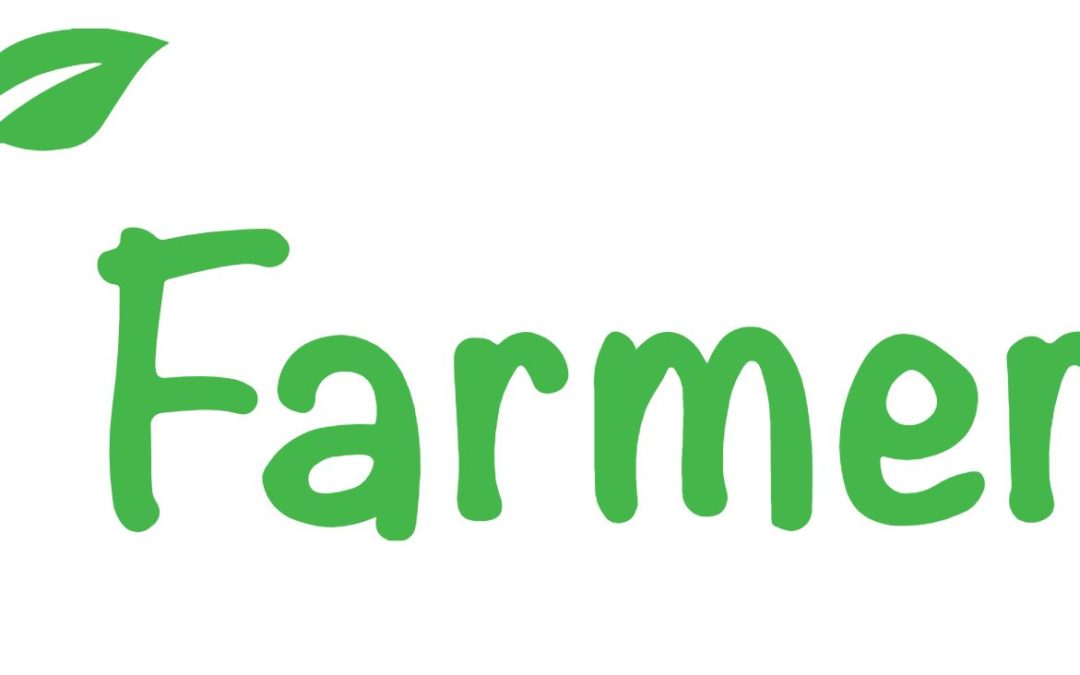DIGITAL FOOD SYSTEMS EVIDENCE CLEARING HOUSE

Implemented in:
Primary users:
Food system component(s):
Food system activity/ies:
Type(s) of digital intervention:
Description
We track a great deal of data on our beneficiary farmers which most banks and MFIs do not. This helps us build informed profiles of farmers using data driven methods which we use to provide them with access to finance and farm inputs. We also use our treasure trove of data to build human capital – we advise and train farmers on how to increase productivity and profitability using our data driven decision models. Also, we apply remote sensing to monitor crop health and weather and deliver useful advisory to our beneficiary farmers using our network of field facilitators who work directly with them.
Estimated number of active users:
- At inception: 20
- At time of last report: 300
Evidence of impact
We have used our risk profile models, built on data on historical financial and farming performance of farmers, to accept or reject beneficiary applications to i-Farmer. And we have also used our models to hack productivity of farmers. i-Farmer received about 5000 beneficiary applications from farmers between 2019 and 2020, and we carefully rejected 1500 of these applications as informed by our models. From the 1500 rejected applicants, we provided advisory and training to 500 farmers and financed them after making sure they were now risk-averse in 2020. So there is a strong case to be made on how we are leveraging our strong data backbone to hack and develop human capital.
One of the things we do using remote sensing is predict the flood risk of locations at high spatial resolutions. One of our beneficiaries had applied for a loan worth BDT 1000000 for chilli farming in Lalmonirhat, Bangladesh earlier this year. Our remote sensing surveillance had predicted a strong chance of flood at his particular location for August and September. Therefore we advised him to switch to cattle farming instead because it is comparatively more flood resilient. As expected, there were to major waves of flood occurrence in his location between August and October and this saved a potential loss for an investment worth BDT 1000000 for him. The farmer expects to make a 20% profit on his investment in cattle, thanks to us. So there is a strong case to be made on how remote sensing can help anticipate and monitor risks and help us advise beneficiary farmers accordingly.




